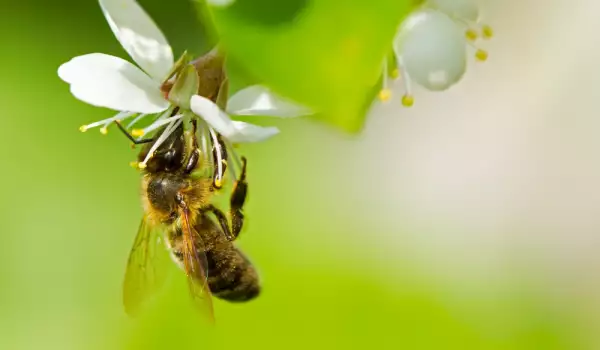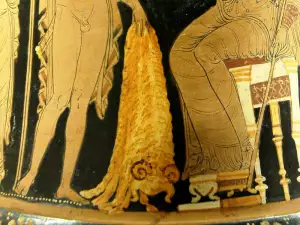The Fibonacci sequence is perhaps the simplest sequence found in nature. It goes as follows: 0, 1, 1, 2, 3, 5, 8, 13, 21, 34, 55, 89, 144... or in other words each number is the sum of the preceding 2 numbers. This is an endless series which goes on forever.
Leonardo Pisano Bigollo, more famously known as Fibonacci, was a mathematician living in Medieval Italy. The scientist made his way into the history books by describing the sequence of numbers that went off into eternity while caring for his rabbits.
His initial goal was to record how many pairs of rabbits would be born in 1 year to 2 parents under the best possible conditions. Through his observation he managed to describe the sequence of numbers that would turn out to be a commonly occurring pattern in nature.
In this natural pattern, the relationship between 2 consecutive numbers in the sequence (1.618034) is called the golden mean or golden section.
Researchers of the Italian mathematician's pattern advise anyone intent on trying to comprehend it in its entirety to get into it with the full understanding that there are coincidences in nature sometimes as well.
The goal is for all those who have decided to open their minds to a new point of view of our surroundings to not be left thinking that everything is headed down a strictly predetermined track, laid down by rabbits and numbers.
But where can we see the golden section and Fibonacci sequence? The answer is nearly everywhere. Take a close look at dandelions, pine cones, fruits and vegetables.
Take a look at the arrangement of seeds in a sunflower and you'll notice that they look like spirals twisting left and right. The surprising thing is that if you were to count these spirals, their total number would be a Fibonacci number.
If we divide up the spirals into ones pointed left and ones pointed right we come up with 2 consecutive Fibonacci numbers. You can discern the structure of the spirals in pine cones, pineapples or cauliflower. All of these demonstrate the Fibonacci sequence.
Scientists today are still trying to explain why nature follows the Fibonacci sequence and have yet to produce a definite answer. There are many theories but not a single one is satisfactory in the eyes of the scientific community as a whole. However, the one thing most of them share is that these numbers express harmony in nature.














